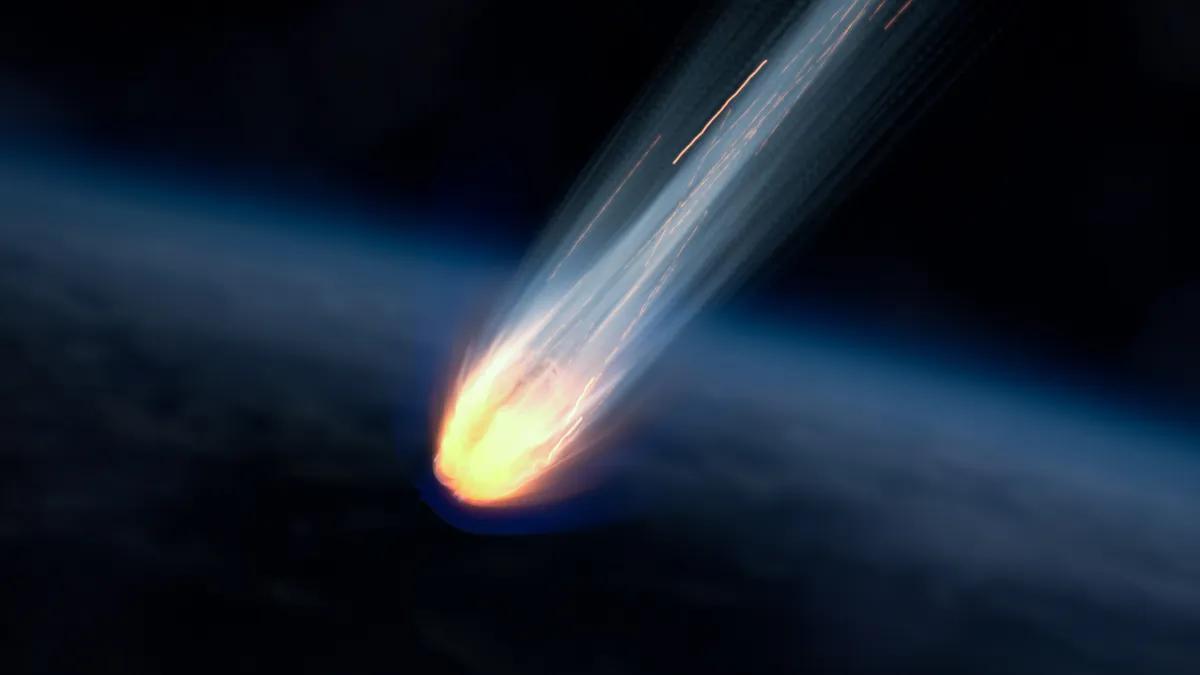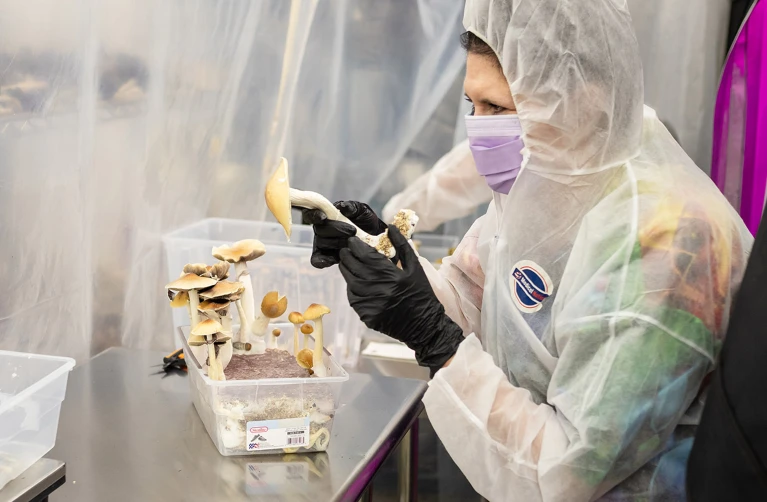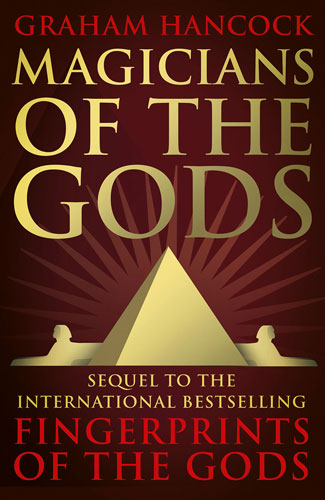News Desk

Researchers initially believed the unnamed meteorite hit Earth 1.17 billion years ago, creating the Stac Fada Member rock layer in northwestern Scotland. However, a new study has determined that the meteorite actually hit 990 million years ago — around 200 million years later than previously thought.

An interest in understanding the role that the Milky Way played in Egyptian culture and religion has led University of Portsmouth Associate Professor of Astrophysics, Dr. Or Graur to uncover what he thinks may be the ancient Egyptian visual depiction of the Milky Way. Combining astronomy with Egyptology…his findings are now published in the Journal of Astronomical History and Heritage.

The Picuris Pueblo, a sovereign nation in New Mexico, has oral histories and cultural traditions that link the tribe to the region of Chaco Canyon, one of the ancient centers of Pueblo culture and society. “We’ve been telling our stories as long as time immemorial,” said Picuris Lt. Gov. Craig Quanchello. But he said those traditions were often “overlooked and erased.” The findings, published Thursday in the journal Nature.

This forest-wide phenomenon, detailed today in the journal Royal Society Open Science, reveals a new layer of complexity in plant behaviour. It adds to emerging evidence that plants actively participate in their ecosystems.

Physician Sue Sisley battles to study cannabis and psilocybin mushrooms for pain, addiction and PTSD.

For decades, scientists believed Vesta, one of the largest objects in our solar system’s asteroid belt, wasn’t just an asteroid and eventually concluded it was more like a planet with a crust, mantle and core. Now, Michigan State University has contributed to research that flips this notion on its head. The paper was published in Nature Astronomy.
Platypus and echidnas are the only surviving members of the monotreme family. This includes the only mammals to lay eggs rather than giving birth to live young. For this reason, they are considered relics of early mammal evolution. The new study was published in the Proccedings of the National Academy of Sciences journal.

EVIDENCE of “one of the earliest human populations yet known in Scotland” has been found on the Isle of Skye. Stone tools found on the island off the west coast date back to around 9500-9000 years ago – the Late Upper Palaeolithic (LUP), experts believe. The paper was published in The Journal of Quaternary Science.

A recent study conducted by Dr. Ana Paula Motta and her colleagues, in collaboration with the Balanggarra Aboriginal Corporation, has identified a new mid-to-late Holocene rock art style in Australia’s northeastern Kimberley region. The findings are published in the journal Australian Archaeology.

In a new study, researchers analyzed the remains of three ancient fireplaces found at an archaeological site in modern-day Ukraine, all of which are associated with human occupations at the site during the LGM. The study was published in Geoarchaeology.
The universe has been growing since the Big Bang 13.8 billion years ago. But cosmologists can’t agree on how fast it is expanding. A new study published in Monthly Notices of the Royal Astronomical Society suggests a radical new idea that might resolve this astronomical problem – perhaps the universe is spinning very slowly.

Archaeologists in Peru said Thursday they found the 5,000-year-old remains of a noblewoman at the sacred city of Caral, revealing the important role played by women in the oldest center of civilization in the Americas.

Mass General Brigham researchers found that interactions between immune and brain cells drive fear responses, but treatment with psychedelics like MDMA and psilocybin may reverse these effects. Results are published in Nature.
Image by Matthew W. Johnson (Wiki Commons)
Water is critical to life on our planet, but the conventional theory of how it ended up being so abundant on Earth might be completely wrong. The new research is published in the planetary science journal Icarus.

Following a recent study, Dr. Przemysław Bobrowski and his colleagues published new radiocarbon dates on Holocene (11,700 years ago to the present) sites located in the Tsakhiurtyn Hundi (Flint Valley) region of Mongolia. The work has been published in the journal Radiocarbon

The event that refilled the Mediterranean basin 5m years ago is thought to have been the largest flood in Earth’s history, with water surging through the present-day strait of Gibraltar 1,000 times faster than the Amazon River, filling the basin in just a couple of years. The findings have been published in Scientific Reports.








